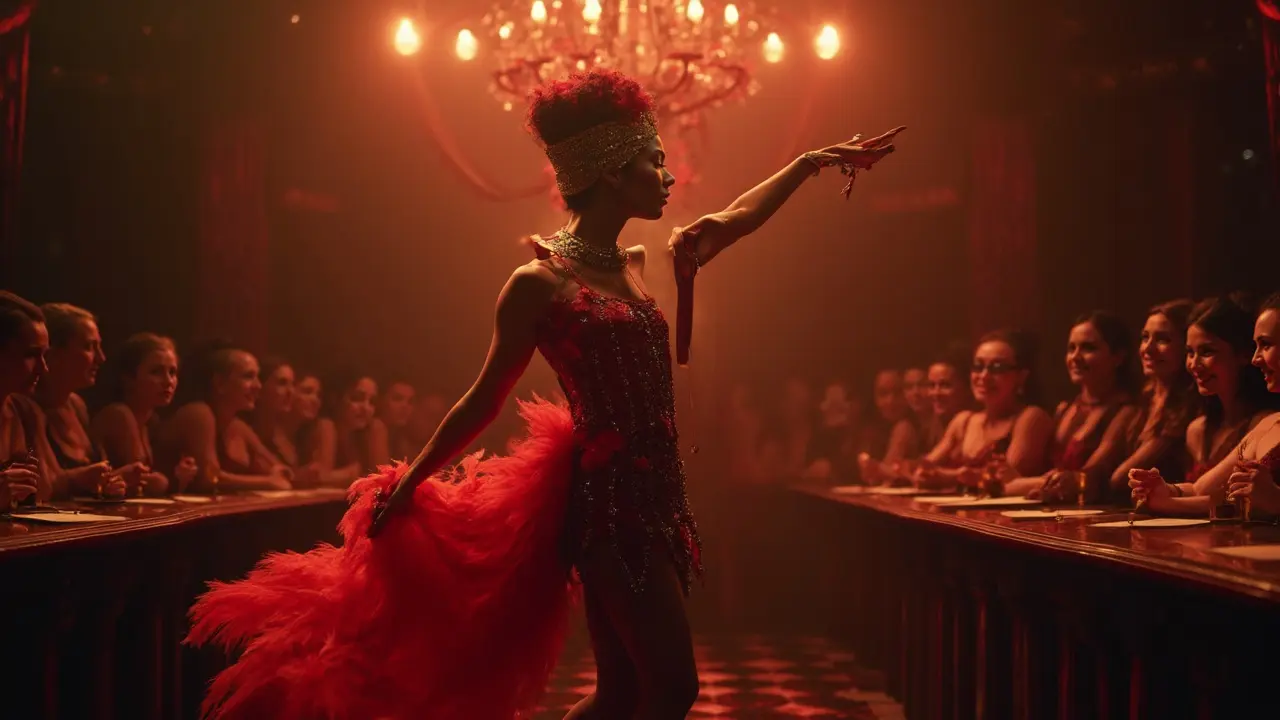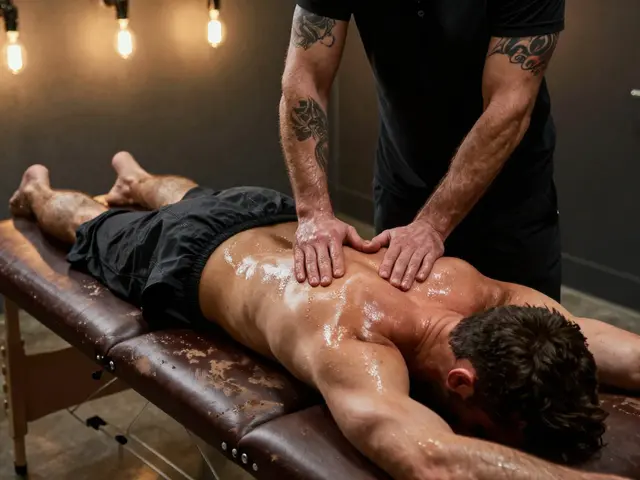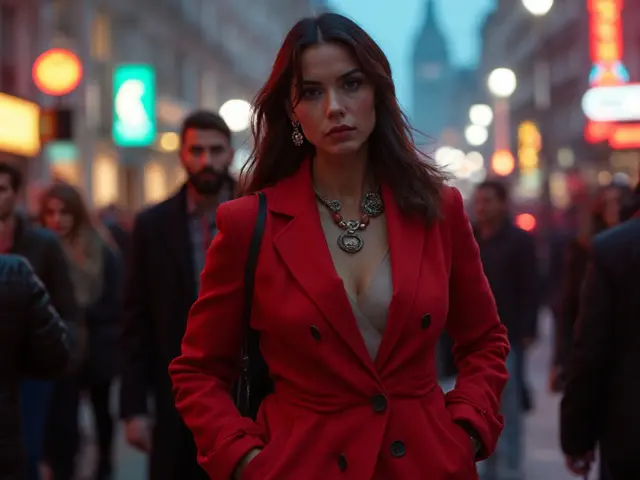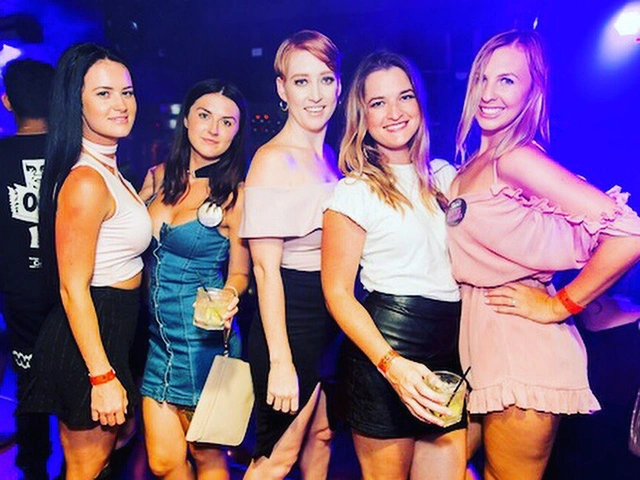Think striptease is just about taking off clothes? Strip away that idea for a minute. The real power of striptease lies in the anticipation, the slow reveal, and the way it grabs your attention and refuses to let go. Across smoky stages, private bedrooms, and even mainstream movies, the art of seduction and tease is less about nudity and more about building suspense. What's wild is that striptease has roots going back more than a century, and it’s blossomed into a mix of dance, theater, comedy, and showmanship. When you see an experienced performer at work, it’s like watching a magician toy with your expectations. But what's happening behind the scenes? Why does it still hold such power over us, and what makes a performance unforgettable?
The Origins and Evolution of Striptease
Long before red neon lights lit up club doors and classic burlesque became synonymous with glamorous costumes, striptease showed up in places you might not expect. Picture Paris in the late 1800s: venues like the Moulin Rouge welcomed risqué dance acts that flirted with the limits of what society found acceptable. Some historians point to "Little Egypt’s" sensual belly dancing at the 1893 Chicago World's Fair as America’s introduction to modern striptease—her deliberate, teasing moves caused such a stir that papers couldn't stop talking about it for months. From there, it wasn’t all velvet curtains and feather boas. The Prohibition era brought secret speakeasies and backroom shows, where burlesque icons like Gypsy Rose Lee transformed undressing into a legitimate art. Lee’s act was never about what she showed—it was what she suggested, always letting the imagination do most of the heavy lifting.
The 20th century turned up the heat. By the 1940s and 50s, striptease was both scandalous and extremely popular—the dance halls in New York and Chicago couldn’t keep up with the crowds. Fun fact: in 1960, the film "Peeping Tom" sparked a public controversy about voyeurism after featuring a striptease scene, even as real-life shows continued selling out. Fast forward to the 1980s and 1990s, and strip clubs became nearly as common as corner pubs in some big cities. The rise of movies like "Striptease" with Demi Moore and cult classics like "Showgirls" pushed the genre deeper into pop culture. Social norms kept changing too. Today, you’re more likely to find striptease not just in clubs but also in fitness studios—burlesque-inspired pole dance classes are packed, and competitions now attract skilled dancers from all walks of life.
But what really stuck through all that change? The tease. Striptease has always been about making the mundane magical, slowing everything down, and letting desire simmer. Much like the slow burn of your favorite song, it’s the gaps and pauses that leave you begging for what’s next. Even the way performers interact with their audience—breaking the fourth wall, locking eyes, making you feel like the dance is just for you—goes right back to those early days. Some cities still host burlesque festivals that pull performers from around the world, mixing humor, artistry, and just enough naughtiness to keep things fun rather than crass.
The Psychology of Seduction and Tease
Dive into the psyche, and you’ll find that seduction and tease are everywhere—striptease just turns the volume way up. It starts with anticipation. According to a 2013 study by Dr. Timothy Wilson at the University of Virginia, the human brain responds more intensely to intermittent rewards than to consistent ones. That’s why repeated "almost" moments work so well: the brain is wired to crave the surprise and unpredictability of the tease.
Body language does the heavy lifting here. A sideways glance, a sly smile, even the timing of a hip roll—these all create a secret conversation between performer and audience. In one survey of burlesque dancers at the London Burlesque Festival (2018), 89% said eye contact and facial expression made a greater impact than the actual act of undressing. It boils down to confidence, letting your body say more than your words ever could. Think of performers like Dita Von Teese, who turned subtle gestures into an empire, or Josephine Baker, whose wild performances shook up racial and gender conventions while keeping every eye glued to the stage.
There’s science here too. Psychologists say teasing works because of something called "reward uncertainty." You’re given a hint of reward, then it's taken away, making you want it even more. Kind of like being offered a chocolate, only to have it dangled just out of reach. The buildup can be more thrilling than the outcome, and it works in all kinds of seduction—not just striptease. The same logic powers cliffhangers in your favorite TV shows and advertising campaigns that reveal just enough to keep you wondering. In the world of striptease, props, costumes, and music are tools for heightening this suspense, but it’s the connection with the watcher that truly seals the deal.
In fact, a lot of pros say you don’t even need to remove anything to create a red-hot atmosphere. A well-placed glove peel can draw louder cheers than a full reveal, especially when paired with steady eye contact or playful banter. The trick is to move with intention, savor the silence, and keep everyone guessing what’s next. Performers often talk about "energy exchange"—the way teasing an audience feels like a conversation, not a monologue. That give-and-take is what brings the art alive.
| Key Elements of Effective Striptease | Why It Works |
|---|---|
| Eye contact | Builds intimacy, holds attention |
| Slow, deliberate movements | Heightens anticipation, lets the viewer savor the tease |
| Music choice | Sets the atmosphere, boosts confidence |
| Costume layers | Allows multiple reveals, fuels curiosity |
| Interaction with audience | Makes performance personal and memorable |
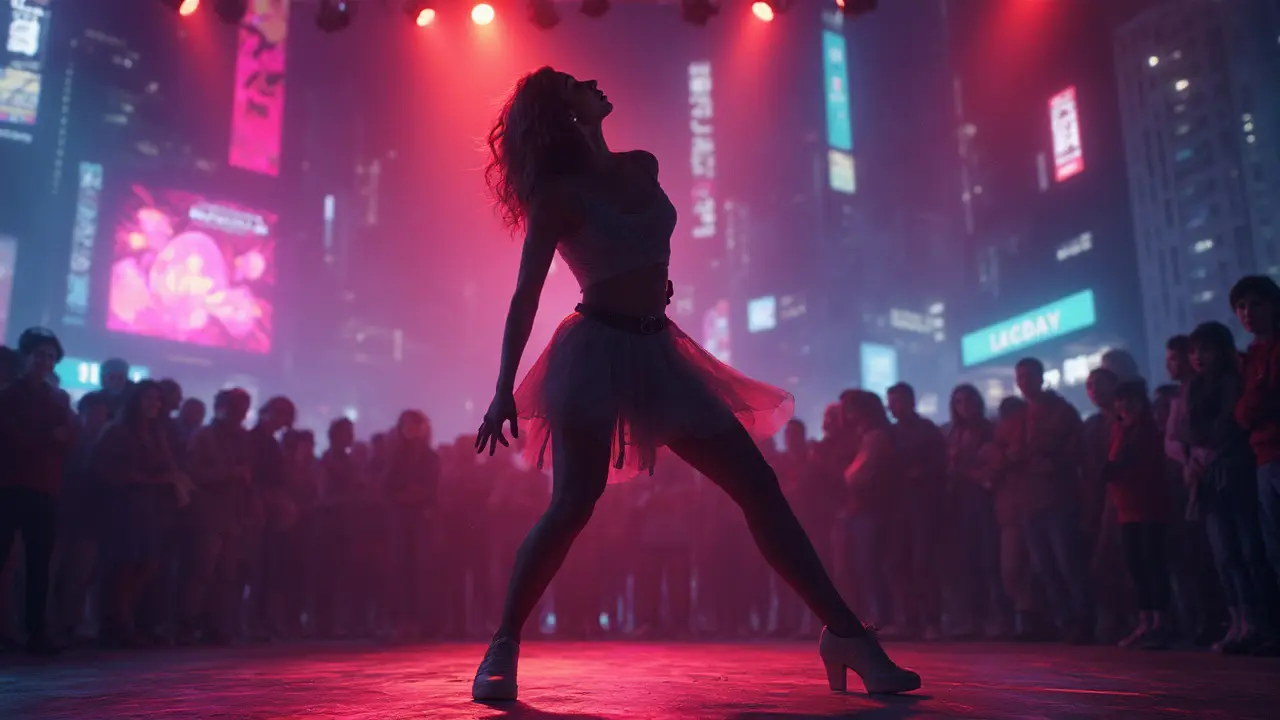
Techniques and Tips for Mastering Striptease
Curious about how pros make a striptease unforgettable? There are more secrets to it than you might think. The first rule: confidence beats choreography every time. People respond to performers who look like they’re having fun and feel good in their skin. If you’re too focused on "getting the dance moves right," you miss the chance to connect. Whether it’s a club, a private show, or just having some fun at home, stepping out with the right energy is what sets the mood.
Let’s talk about the moves. Classic burlesque loves simple gestures—think glove peels, stocking rolls, playful hat tips, or drawing a circle on the floor with a toe. Big, theatrical moves actually aren’t as important as the smaller, slower ones. Try this: put on your favorite song, lock eyes with your imaginary audience in the mirror, and slow down your movements. Pause. Let your shirt hang off your shoulder just a second longer. Suddenly, every move feels intentional and electrifying.
Props keep things spicy. A feather boa can become a teasing curtain, while a chair turns into a stage all its own. In most performances, the costume does half the work—layered clothes mean more little reveals, which means more suspense. Seasoned performers recommend thinking of each layer as a story beat: how does removing the jacket change the mood? What does tossing a hat do to the energy? Even the music you pick matters. Upbeat jazz or sultry blues set a totally different tone than pounding club anthems. If you want to mini-power up your show, use lighting to highlight your best moves. Dimming the lights just a bit draws attention to the parts of your body you want to showcase.
- striptease is an art—don't be afraid to play with speed and surprise.
- Keep costume fastenings simple so you never fumble a reveal.
- Mirrors are the best self-critics. Practice there to learn your angles.
- Use silence—stop the music for a heartbeat before a big reveal.
- Props like chairs, neckties, or scarves can be powerful tools. Master a few classic tricks with each.
One of the best things about learning striptease is how much it can do for your self-image. According to the UK's "Burlexercise" survey, 67% of class participants reported feeling “significantly more confident” after a few sessions. The dance is less about being perfect and more about embracing imperfection—celebrating what makes you unique. Pros always say that your quirks are your signature. Maybe you’ve got a killer wink, or maybe it’s a cheeky hip roll. Lean into what makes your performance yours. Audiences remember authenticity much longer than technical perfection.
If you want to try it at home, you don’t need fancy lights or professional costumes. Just pick music that makes you want to move, pick a moment to reveal, and set your own pace. Watch old-school legends like Sally Rand or Tempest Storm for inspiration—their routines are packed with showmanship and wit. Or sign up for a local burlesque class and get a few friends together; you'll pick up plenty of tips and plenty of laughs along the way.
Striptease in Popular Culture and Everyday Life
Striptease has burst outside the velvet-draped walls of old-school clubs and into the mainstream, popping up in places that might surprise you. Burlesque is now part of everything from pop music videos (remember Christina Aguilera’s transformation in the movie "Burlesque"?) to viral TikTok challenges. The glamour and cheekiness are still there, but now, the art is more about self-expression than shock value. Even fitness studios market "pole fitness" and burlesque-inspired classes as ways to get fit and have fun. According to a 2021 international fitness survey, pole and striptease-inspired dance classes saw a 22% surge in enrollment, especially among women looking for empowerment rather than performance skills alone.
But that pop-culture embrace comes with questions. Where do you draw the line between empowerment and exploitation? Well, the answer keeps shifting. Modern striptease is often about flipping the script—putting the power in the hands of the performer. When artists like Cardi B or Lizzo reference strip culture in their music and stage shows, they’re celebrating both freedom and control. On top of that, the world has seen an explosion of amateur striptease and burlesque—open-mic nights, themed bachelorette parties, wedding shows—regular people are more likely to give it a try now than ever before.
That mainstream energy can change the way we look at our own bodies. Some striptease classes for beginners focus on positive affirmation, allowing people of every age, size, and background to get in on the action. Instead of learning to dance "for" someone else, a lot of people report that it’s about owning your own movement, building confidence, and breaking out of old hang-ups. According to a University of Leeds study published in 2023, 81% of women who participated in weekly burlesque classes described “a huge boost in self-esteem and body positivity.”
Even if you never set foot on stage, the striptease mindset—the art of building anticipation, of being playful and confident in your own skin—translates into dating, public speaking, and just about anywhere you want to leave an impression. It’s not about what you show; it’s about how you make people feel as you reveal it. Give people a story, keep them guessing, and the result is always more memorable. That’s why striptease, in all its evolving forms, keeps coming back as the ultimate lesson in the art of seduction and tease—a dance where anticipation is everything and confidence rules the stage.

